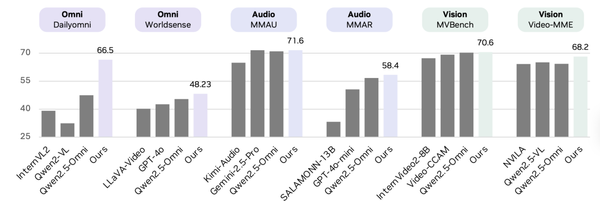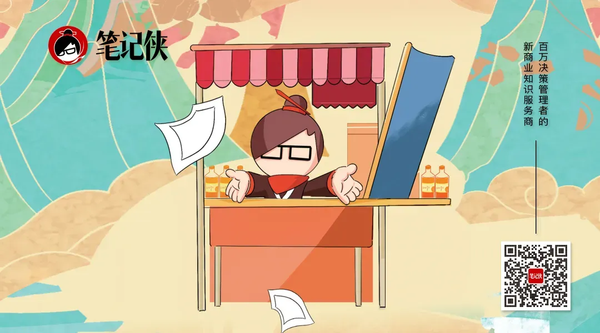Exclusive Interview with Apple’s eSIM Team: More Space, More Innovation | Tomorrow’s Rearview

The Evolution of eSIM and the iPhone Air
---
Silicon Meets Survival of the Fittest
Consumer electronics may be driven by silicon, but they still obey the natural laws of the carbon-based world: survival of the fittest.
Over 70 years of computing history has transformed machines from room‑fillers to pocket‑sized companions. While devices like pagers, GPS navigators, and iPods vanished — swallowed by multi‑function products — some tools, like the mouse, have remained largely unchanged for decades.
In Tomorrow’s Rear‑View Mirror, we explore products still evolving:
- Where were they born from?
- How do they survive through change?
- How do they adapt to shape lifestyles?
---
Why the iPhone Air Is Different
Thickness: 5.1 mm
Weight: 161 g
These numbers may not seem spectacular, but once you hold it, you feel the extreme philosophy behind its space‑efficient design.
Key enabler: Apple’s decision to remove the physical SIM, replacing it with eSIM.
This isn’t just about removing a slot — it’s about freeing precious internal space for innovation.
> Arun Mathias, Apple VP of Wireless Software Technologies & Ecosystem:
> “Removing the physical SIM card is just the beginning. With more space, we can achieve more innovation.”
---
Understanding the Cost of a SIM Card
What Is SIM?
- SIM (Subscriber Identity Module) contains your ID credentials, SMS data, and phone numbers.
- It proves your identity to the network.
- Problem: It takes up valuable space.
From credit‑card‑sized originals to nano SIMs, the shrinkage didn’t remove the need for trays, connectors, and sealing parts. Each millimeter is contested by:
- Battery
- Camera
- Cooling
- Antenna
Removing the SIM tray is like reclaiming prime real estate.

---
Space Equals Opportunity
Removing the tray allows:
- Larger batteries
- Longer video playback (iPhone 17 Pro gained +2 hrs)
- Slimmer bodies
Every cubic millimeter matters — a 5% capacity gain can redefine form factors.

---
eSIM: The Long Road to Change
Timeline
- 2007 — Original iPhone uses mini SIM with tray eject pin.
- 2010 — iPhone 4 adopts micro SIM.
- 2012 — iPhone 5 adopts nano SIM.
- 2014 — Apple SIM in iPad Air 2 — rewritable universal SIM.
- 2017 — eSIM debuts in Apple Watch.
- 2018 — eSIM arrives in iPad Pro and iPhone XS.
- 2022 — U.S. iPhone 14 series ships without SIM trays.
- 2025 — First global pure eSIM iPhone — iPhone Air.
Cycle duration: 18 years from launch to fully drop physical SIM.
---
Global Challenges in Standard Alignment
Convincing hundreds of carriers in dozens of countries meant:
- Navigating regulatory variations
- Integrating unique technical systems
- Conducting extensive alignment and testing
Result: 500+ carriers now support iPhone eSIM; usage tripled in two years.
---
The Unique Case of China
Regulations
Activation requires in‑person visits:
- ID verification at a service center
- On‑site eSIM activation — device, person, and ID card must match
This contrasts sharply with QR code or online activation overseas.
---
Apple’s Adaptation — eSIM Carrier Activation
How It Works:
- User verifies identity at carrier store
- NFC reader obtains device info
- Carrier backend configures eSIM
- Device detects pending eSIM download
- User confirms — activation complete
> Security benefit: eSIMs cannot be physically removed, lowering misuse risk.
---
Future Plans: eSIM Quick Transfer
Planned for mainland China — allowing direct device‑to‑device eSIM transfer without visiting a carrier store.
---
Differences in eSIM Capacity
- Mainland China: Max 2 eSIMs per device
- Overseas markets: Up to 8 eSIMs with instant switching
Reason:
- Carriers in China are state‑owned; compliance and security verification required
- Overseas markets prioritize cost‑efficient self‑activation for competitive reasons
---
Travel Considerations
If using 2 domestic eSIMs and traveling abroad:
- Option 1 — Delete one domestic eSIM to add an international one and reactivate after return
- Option 2 — Use domestic roaming packages
---
User Benefits Despite Limitations
- Eliminates the need to carry multiple SIM cards when traveling
- Purchase and activate international data packages before landing
- Updated “Travel eSIM” allows iMessage/FaceTime via domestic number abroad — at no cost
---
Toward a Cardless Future
> Mathias: “Removing the physical SIM card freed up space, making iPhone Air’s ultra‑thin design possible. We will expand eSIM‑only designs to more product lines and markets.”
Upcoming products like Apple’s foldable iPhone and full‑glass iPhone (2027) will continue the plateau design philosophy — maximizing battery and components while slimming down form factor.
---
Q&A: iPhone Air eSIM in China
Q: Is the 2‑slot limit hardware‑based?
A: No. It’s software‑managed per local regulations.
Q: Can one domestic and one overseas eSIM be used simultaneously?
A: Yes. The overseas eSIM must be activated outside mainland China.
Q: Is Quick Transfer purely an Apple function?
A: Apple develops the feature but works with carriers to enable it. In China, all activations must be in‑person.
---
Broader Implications
Removing physical SIMs is both subtraction and addition:
- Less hardware
- More flexibility
- New design pathways
As technology adapts to local regulations, efficiency and innovation emerge — much like cross‑platform AI content tools (AiToEarn官网) helping creators generate, publish, and monetize across global platforms.
The true takeaway: freeing space changes everything.
> “This is just the beginning. With more space, we can achieve more innovation.” — Arun Mathias




